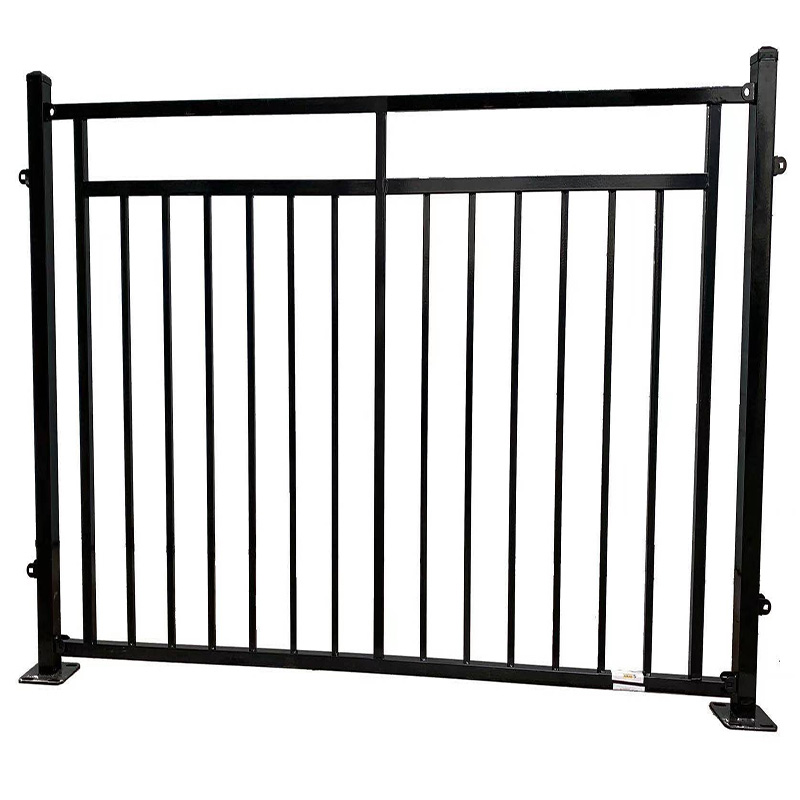-
+86 15030157877
-
sales@galvanizedmetalmesh.com
gru . 10, 2024 02:47 Back to list
hexagonal mesh fencing for enhanced durability and security in outdoor applications
The Versatility of Hexagonal Wire Netting
Hexagonal wire netting, also known as hexagonal wire mesh or chicken wire, is a type of mesh wire that has a hexagonal hole pattern. This unique design, coupled with its durable materials, lends itself to a wide range of applications across various industries. From agriculture to construction and even decorative purposes, hexagonal wire netting has proven to be an extremely versatile and valuable resource.
Structure and Composition
Hexagonal wire netting is typically made from galvanized steel or PVC-coated wire, which enhances its corrosion resistance and longevity. The wire is woven into a mesh pattern, creating openings that are usually 1 inch or 1.5 inches in size. This specific hexagonal design allows for a balance between strength and flexibility, making it suitable for diverse applications.
Agricultural Uses
One of the most common applications of hexagonal wire netting is in agriculture. Farmers and horticulturists frequently use this material to protect crops from pests and wildlife. The mesh fencing serves as a barrier that keeps animals, such as rabbits and deer, away from gardens and fields. Additionally, the netting is often employed in the construction of chicken coops, providing a safe environment for poultry while allowing for ventilation and sunlight to penetrate.
Moreover, hexagonal wire netting is used for soil erosion control. By placing the mesh over a slope, it helps stabilize the soil, preventing displacement during heavy rains or storms. This application is critical in preserving land and complying with environmental regulations, making it a necessary tool in sustainable farming practices.
Construction Applications
hexagonal wire netting

In construction, hexagonal wire netting is utilized for various purposes, such as reinforcement in masonry and concrete structures. It can be embedded in concrete to improve its tensile strength and help control cracking. The flexibility of hexagonal wire mesh allows it to adapt to different shapes and forms, ensuring that it meets the specific needs of a construction project.
Additionally, this type of netting is often used for safety fencing around construction sites. It acts as a robust barrier, preventing unauthorized access and ensuring the safety of workers and the public alike. Its visibility and strength make it an ideal choice for securing potentially dangerous areas during construction.
Decorative and Crafts Applications
Beyond its practical uses, hexagonal wire netting is also popular in decorative applications. Crafters and designers use the mesh to create unique wall decorations, plant holders, and even furniture. Its rustic aesthetic brings a charming element to home decor, allowing for creative expressions that combine function with style.
Garden enthusiasts often use hexagonal wire netting to create trellises for climbing plants, adding both support and an attractive design element to outdoor spaces. The mesh blends seamlessly into natural environments, enhancing the visual appeal while serving a functional purpose.
Conclusion
In summary, hexagonal wire netting is a remarkable material that finds utility across a spectrum of applications. Its structure allows for strength and flexibility, making it an ideal choice for agriculture, construction, and decorative use. As industries continue to innovate, the uses of hexagonal wire netting will likely expand, proving it to be a reliable and versatile resource. Whether protecting crops, enhancing construction projects, or serving as a medium for artistic expression, hexagonal wire netting truly showcases the intersection of practicality and creativity in our everyday lives.
-
Premium Security Window Screen Mesh | Unmatched Safety
NewsAug.05,2025
-
Premium Artificial Grass Fence | AI Design Privacy Solution
NewsAug.04,2025
-
Premium Hexagonal Gabion Mesh Solutions | Durable & Eco-Friendly
NewsAug.03,2025
-
Smart AI Fence Solutions with GPT-4 Turbo | Secure & Fast
NewsAug.02,2025
-
Welded Gabion Solutions: Durable & AI-Enhanced Designs
NewsAug.01,2025
-
Premium Welded Gabion Mesh | Robust & Eco-Friendly
NewsJul.31,2025



